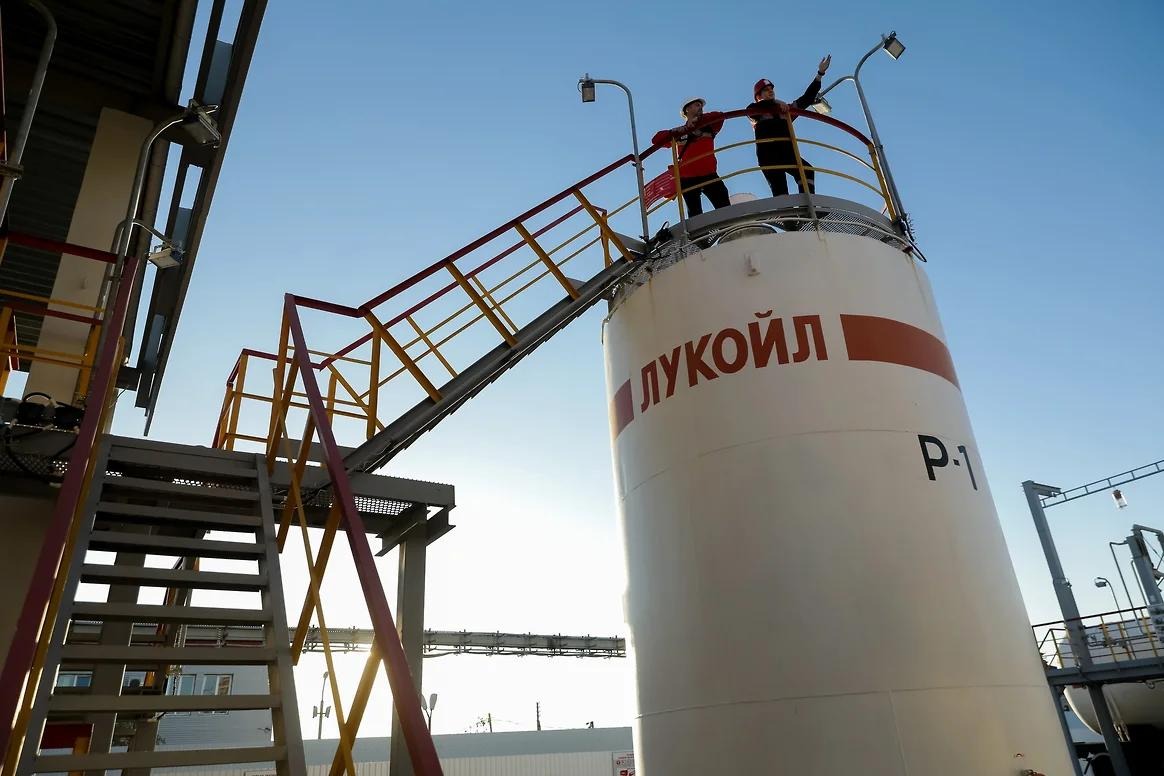RUSSIA’S TERRORIST BOMBINGS REVISITED
RUSSIA’S TERRORIST BOMBINGS REVISITED
March 5 marked the 49th anniversary of Soviet dictator Josef Stalin’s death, and one of Russia’s more unlikely freedom fighters, Boris Berezovsky, chose the occasion to reveal his evidence for an allegation he had been making since late last year: that Russia’s special services were behind the September 1999 apartment building bombings in Moscow, Volgodonsk and other Russian cities. Those terrorist attacks, which the authorities blamed on Chechen terrorists, killed hundreds of people and provided both the casus belli for military intervention in Chechnya and a platform for Vladimir Putin’s accession as head of state.
But while Berezovsky had asserted in interviews with Western media that his evidence was at least as good as that which the Bush administration put forward to prove Osama bin Laden’s responsibility for the September 11 attacks in New York and Washington, what the self-exiled oligarch presented during his March 5 press conference in London fell well short of that claim. Berezovsky had repeatedly stated, for example, that Nikolai Patrushev, director of the Federal Security Service (FSB), was personally involved in the bombings. The tycoon has also strongly insinuated that Putin, who was prime minister in September 1999, had also been complicit in the blasts.
Yet the only really new evidence presented during the London press conference was the testimony of Nikita Chekulin, the former acting head of a government-connected explosives research institute. Chekulin claimed that tons of the explosive hexogen–which Russian officials at the time of the apartment building bombings had identified as the explosive likely used–had been secretly purchased and illicitly distributed around the country in 1999 and 2000, and that Patrushev had thwarted an investigation into the explosive’s proliferation. Beyond Chekulin’s testimony, Berezovsky presented a portion of “Assassination of Russia,” a French-produced documentary film he had commissioned on the bombings, which focuses largely on the strange events that took place in the city of Ryazan on September 22, 1999. On that day, bags of powder, together with a detonator and timing device, were discovered in a city apartment building. The local police declared that the bags contained hexogen, but Patrushev claimed two days later that the bags had been filled with sugar and that the whole incident had simply been a readiness drill.
But if Berezovsky’s documentary did little more than catalog the host of inconsistent actions and statements made by the federal authorities in the wake of the 1999 blasts, these inconsistencies, added to the many remaining unanswered questions about the attacks (one of them being why the authorities to this date have neither caught nor prosecuted the Chechen terrorists who allegedly carried out the attacks), help explain why a good number of observers–including many who do not have Berezovsky’s obvious political motives–say that his conspiracy theory cannot be dismissed out of hand. As Maxim Glikin of the liberal weekly Obshchaya Gazeta wrote: “Whatever one’s attitude toward Berezovsky or the other producers and authors of the film, it is not possible to brush aside the questions it raises. Until those guilty [of planting the bombs] are found, until the explosions in Moscow and Volgodonsk–and the explosion which, fortunately, failed to take place in Ryazan–are investigated completely, the authorities will remain under suspicion.”


